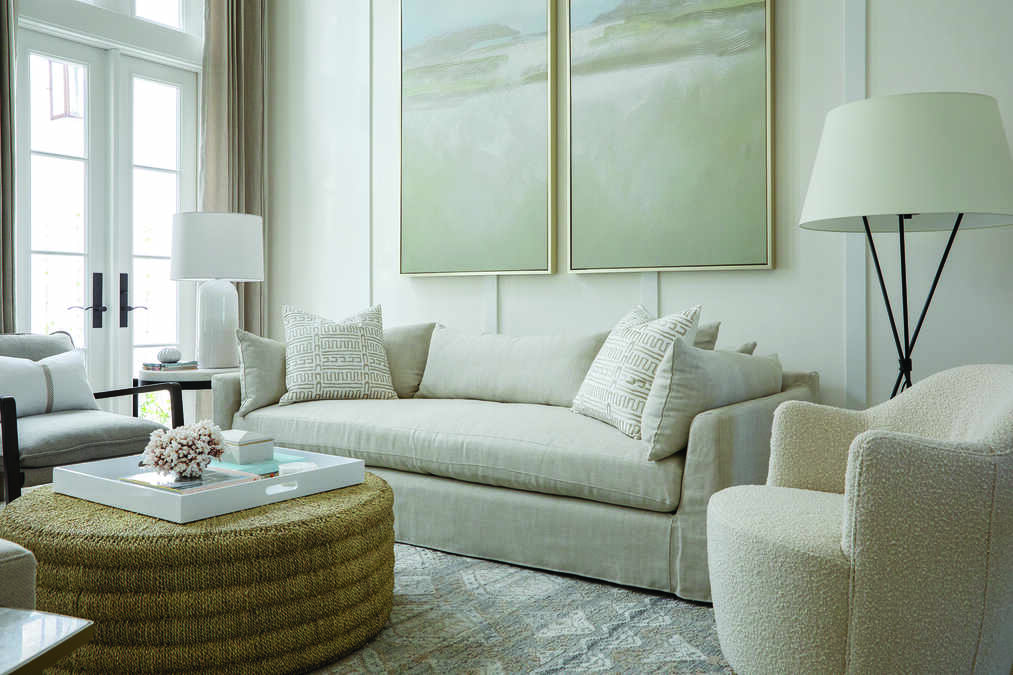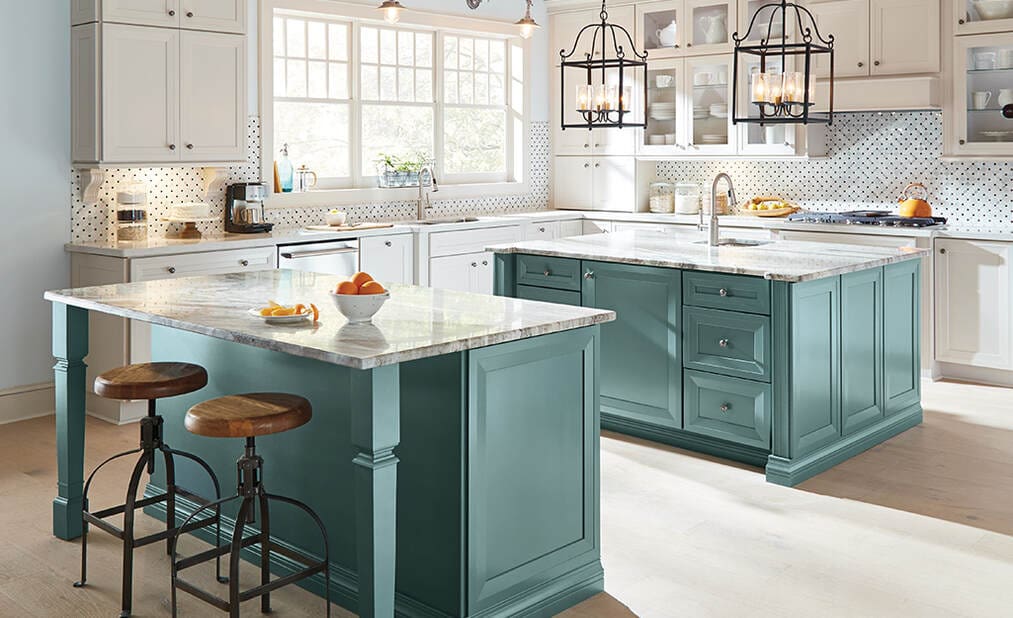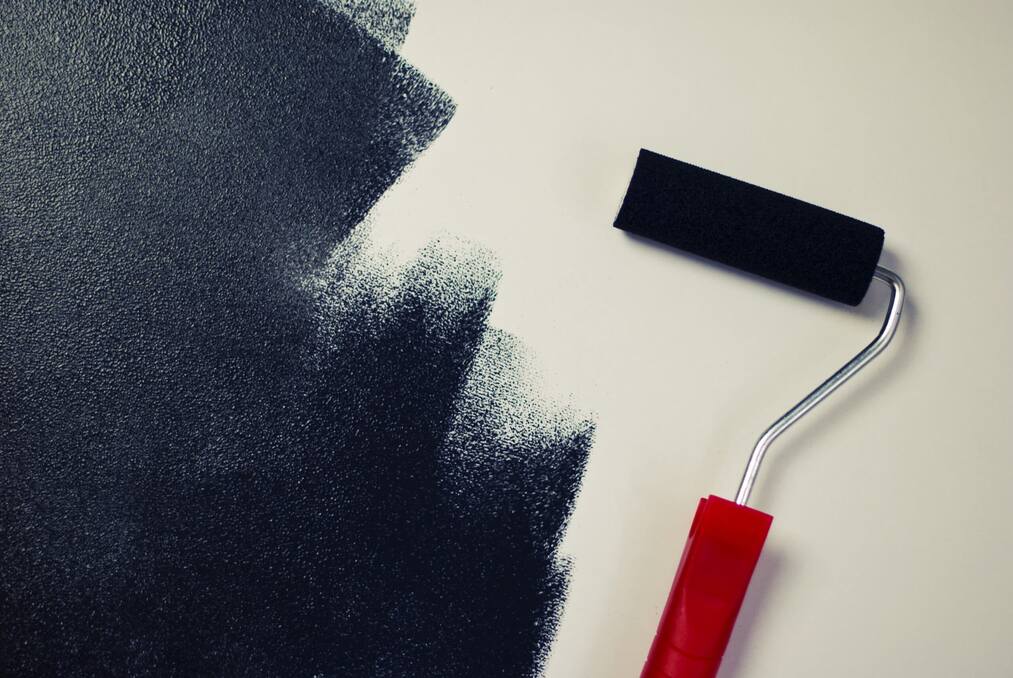How to Use Paint to Make Small Rooms Feel Bigger

Not every home has wide-open floor plans and vaulted ceilings. Many homeowners in older or compact homes struggle with rooms that feel cramped or closed in. But while knocking down walls isn’t always possible, knowing how to use paint to make small rooms look bigger can create the illusion of space—without any remodeling.
Strategic use of color, finish, and contrast can dramatically shift the way a room feels. A smart paint plan can brighten dark corners, lift low ceilings, and visually push back tight walls. But to get it right, you need more than a trendy color—you need professional planning.
Let’s explore the most effective ways paint can reshape small interiors without altering the square footage.
Choose Lighter, Cooler Colors to Reflect Light
In tight spaces, every bit of light matters. The more reflective your wall color, the more open and airy the room feels.
Light colors naturally bounce light around, making a room feel brighter and more expansive. Cool-toned hues—like soft grays, pale blues, or crisp whites—also visually recede, helping walls feel farther apart.
Some colors that work especially well include:
- Soft off-whites or warm whites with neutral undertones
- Pale gray-blues or misty sage greens for a calming effect
- Icy tones like pale lavender or blue-gray in low-light spaces
Dark colors absorb light and pull walls inward. While dramatic tones can work as accents, covering all four walls in something dark will shrink the space visually.
Paint with higher light reflectance value (LRV) helps maximize available brightness. This is especially useful in Grand Rapids homes where natural light may vary seasonally. A light-reflective wall color can also reduce the need for artificial lighting during the day, making the room more energy-efficient and welcoming.
A professional painter can recommend tones that look fresh in both natural and artificial light, which is crucial in rooms that feel boxed in or shaded.
Use a Monochromatic Color Scheme
In small rooms, contrast creates visual “stops” that can make walls feel closer than they are. A monochromatic palette helps avoid that.
This approach uses different shades and tones of a single color throughout the room—on walls, trim, ceiling, and even built-ins. Keeping everything within the same color family allows the eye to move smoothly across the space without interruption.
Here’s how this technique helps expand the room:
- Minimizes harsh transitions between walls, trim, and ceiling
- Softens corners and edges, making the room feel continuous
- Creates a calming visual effect that supports a clean, cohesive design
Even subtle changes in tone—like using an eggshell finish on the walls and satin on the trim—can add just enough variation while keeping the palette unified.
Monochromatic color doesn’t mean boring. Subtle shifts in tone—like pairing a pale blue-gray wall with a slightly deeper trim—create visual softness while preserving openness. This layered approach adds texture without breaking up the room’s flow, making it ideal for bedrooms, home offices, or small open-concept spaces.
A professional painter can help you layer tones effectively so the space feels curated, not washed out. In a small room, every detail matters—and color consistency can make a big difference.
Consider Gloss Level and Sheen Placement
The sheen of your paint affects how much light it reflects—and that makes a noticeable difference in how a small room feels.
Low-sheen paints, like matte or eggshell, absorb more light and create a softer, more muted look. This helps reduce glare but can also make walls feel flatter and less spacious if overused. On the other hand, finishes with a subtle shine, like satin or semi-gloss, can brighten a room without overwhelming it.
Here’s how to use sheen strategically in compact spaces:
- Use satin or semi-gloss on trim or built-ins to catch light and add visual depth
- Stick with low-sheen finishes on imperfect walls to avoid highlighting flaws
- Mix finishes carefully to maintain harmony across the room without visual clutter
In smaller rooms, proper balance is key. A finish that’s too glossy can be harsh, while one that’s too flat can dull the space. Professionals know how to match the finish to the lighting conditions and wall surface to make the room feel both larger and well-composed.
Strategic Accent Walls and Vertical Lines
Accent walls aren’t just for bold color—they can also help reshape how a small room feels, when used with intention.
The goal isn’t to add contrast just for the sake of design. It’s to subtly guide the eye and create a sense of movement or height. Done correctly, an accent wall or vertical color variation can add dimension without visually shrinking the room.
Here are a few expert strategies to try:
- Use a lighter shade on the longest wall to visually widen the space
- Paint vertical stripes or panels to draw the eye upward and create a sense of taller ceilings
- Choose soft, light tones for accent walls to add interest without adding weight
- Avoid high-contrast colors that break up the room too much or overpower the design
These techniques work best when paired with minimal décor and consistent color across adjoining walls. A professional painter can help you map out placement and choose tones that feel purposeful, not distracting.
In rooms with lower ceilings, vertical striping or two-tone gradients can elongate the space visually. Professionals often use subtle tone shifts, not stark color bands, to maintain sophistication. Even painting baseboards and crown molding in the same color as the wall can create a seamless look that visually stretches the room’s height.
Paint Smarter to Open Up Tight Spaces
You don’t need to knock down walls to make a small room feel larger. With the right paint strategy, you can create space visually—just by adjusting color, tone, and finish.
Lighter shades open up a room by reflecting more light. A unified color palette reduces contrast and keeps the eye moving. The right finish adds dimension without glare, and strategic accents help guide focus and stretch the perception of height or width.
When every inch counts, professional guidance makes all the difference. A painter who understands lighting, layout, and surface prep can transform how your room feels—without changing its footprint.
Thinking about updating a small space in your home? Start with a conversation and finish with expert execution. It’s the easiest way to turn tight into open, and dim into bright.




